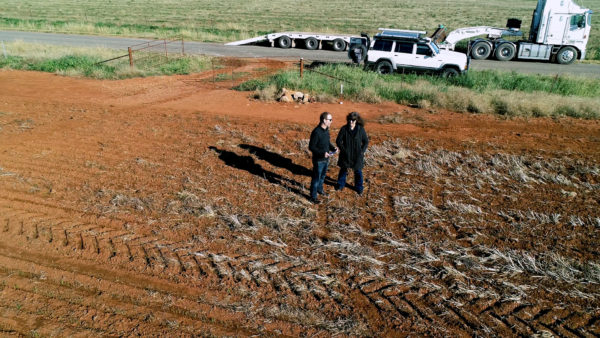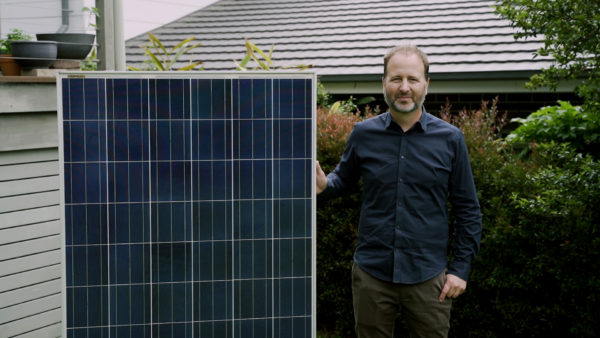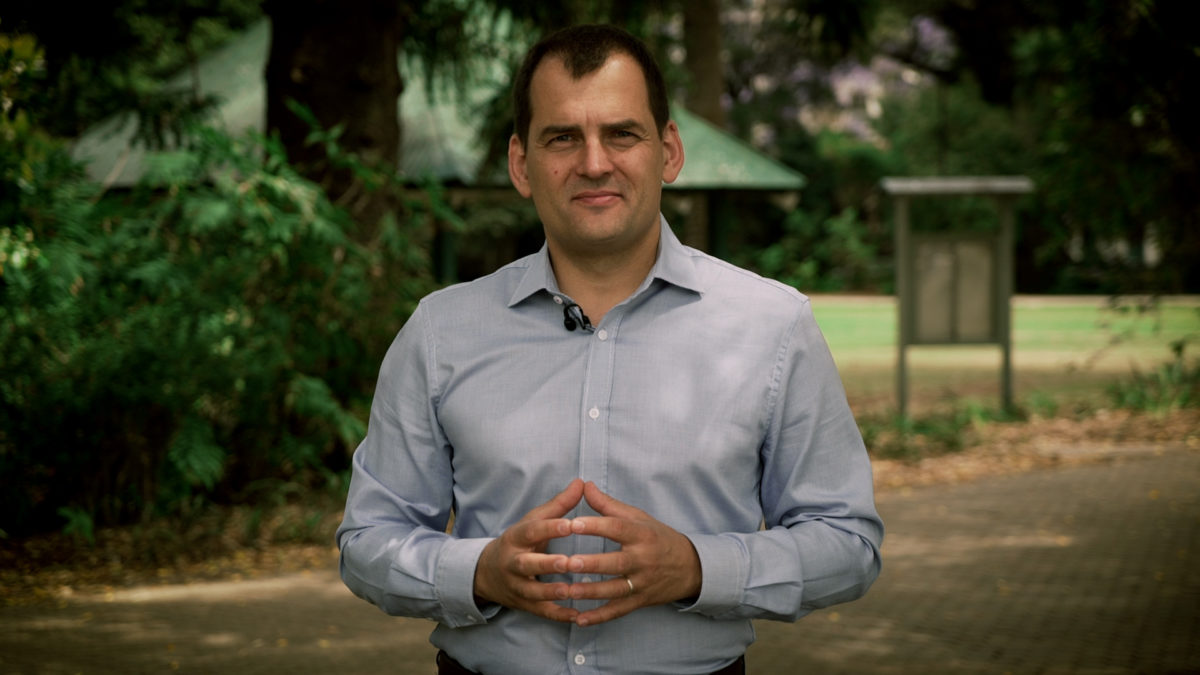Now, with Komo Energy nearing the end of its crowd equity fundraise, education is still the centrepiece of the founders’ professional endeavours – only for an entirely new set of reasons.
Instead of facilitating process of ‘learning-by-doing’ with rural project partners and contractors who often have little or no experience developing 500 kW to 2 MW solar farms, the startup’s founders have spent much of the last few weeks on the phone to potential investors, clarifying just how it is they plan to grow a market segment in a country where the mid-scale memo, despite its grid benefits and international popularity, seems to have been lost beneath the booms of the rooftop and large-scale segments.
“There is actually a massive educational piece required. I think going forward we will need to do a lot of webinars just to prepare the public much more for what is required in that space,” Arends told pv magazine Australia.
That is to say, what goes into developing a mid-scale project– the development process, the property leases, the legal approvals – remains alien to Australians outside the industry, who have usually only dealt in the far simpler process of rooftop solar. The bigger task though, Arends found, was communicating what it is the startup actually does.
Communicating an alien process to a naive market
“I think what challenged people the most was what is Komo,” Arends said.
Essentially positioning themselves early investors and developers of mid-scale solar projects, Komo Energy aims to foster pipeline of projects under 2 MW from conception to childhood, eventually handing them along to community groups or other interested parties to operate and maintain. “To us it always clear and we had tried to convey it, but the part the public could not understand quite as easily is… we are not looking to be long term investors, we create the opportunities for others to invest.”
“We could have made our lives easier by comparing ourselves to property development, but we see ourselves quite differently,” Arends said. “We are not looking to create assets and then just flick them, we want to stay long term involved with those assets as well.”
This process of investing in projects to get them off the ground before handing them along and recovering that seed investment, freeing up the capital to then reinvest in the next project, is really at the crux of why the startup sees itself as a segment-starter rather than a project developer.
While Arends said it wasn’t easy to communicate to this process, especially given Komo’s choice to raise capital through crowdfunding rather than industries avenues, the hours on the phone ultimately payed off. Once Komo’s conceptual penny dropped for them, most investors were quick to realise the model offers far more leverage.
Where a dollar invested in a solar farm goes towards creating a single solar farm, that same dollar invested in a business dedicated to creating a pipeline can create one solar farm, then another, then another, and another because the capital is recycled.
“While it has a different risk profile, it is more impactful because it does not just create one asset, but ultimately facilitates multiple assets being created,” Arends said.

Photo: Komo Energy
‘So much better than cold, institutional capital’
After asking for Expressions of Interest in late October to sound interest in the market for growing Australia’s mid-scale segment, it was clear from the 280 responses there was indeed an appetite. From there, Komo Energy decided to open their investment offer using the crowdfunding platform Birchal in late November. Reaching their minimum investment target of $150,000 in just two days, Komo Energy now has 92 investors who have together chipped in just short of $185,000.
Choosing to raise capital through crowdfunding, Komo Energy were clear from the get-go there wouldn’t be any “million dollar tickets.” Instead, Arends says the company has gained something much more valuable. “People promote the purpose by doing more than just putting dollars behind the effort, but also by putting their ideas and their networks and connections behind as well.”
“Having invested in Komo Energy, they now have a vested interest in making it happen. And that is so much better than having cold, institutional capital that wants to have an investment with minimal effort.
“We’ve always been banging on about the purpose and people driven community, and that’s actually happening.”
Beginning their fundraising campaign on the back of four active projects, including Haystacks Solar Garden and Goulburn Solar Farm, Komo have just locked down another project, with another two in advanced discussions. If these come to fruition, the company will have almost doubled their project pipeline during the fundraising period. “It’s full steam ahead,” Arends said.
Gender disparity exposed
As exciting as the promise of a people-driven clean energy future is to Arends, the crowd equity offering has made visible some sobering disparities.
Despite not yet having a solid dataset from investors, Arends said the EOIs made apparent a “very strong bias” towards males investors. This gender skew, Arends believes, comes from the practice of targeting campaigns to audiences which are expected to be most receptive. “This is entrenching existing patterns because you gear your marketing towards where you had your success in the past.” Arends suspects Komo Energy is not alone in disparity either, which he describes as a missed opportunity.
“It’s a lost opportunity to tap into half the population with their knowledge, with their experience, with their networks, with their investment in terms of capital, with their advocacy, with their passion to change the world we’re living in.”

Photo: Komo Energy
Now on the company radar, Komo has started arranging campaigns geared towards not only women but also rural customers – where another gap has been noted. Nonetheless, there’s little point seeking out female investors if there hasn’t first been any targeted education. Which is to say this phenomenon is just another case of all roads, at least for Komo, leading back to education.
A big believer in the merits of a good old fashion conversation, Arends expects webinars will be Komo Energy’s key educational delivery mode. Alongside that, he thinks industry associations and community groups will be useful. “The more that we can prepare the public for this – and that’s not only us, that’s a lot of people working in this space – the easier it will be to develop these assets.”
As Arends pointed out, Komo now has over 90 investors with interest in the company and a growing pipeline of projects, each of which has a series of partners who want grow Australia’s mid-scale segment to not only accelerate a green energy transition but democratise systems through increased community participation.
This content is protected by copyright and may not be reused. If you want to cooperate with us and would like to reuse some of our content, please contact: editors@pv-magazine.com.









By submitting this form you agree to pv magazine using your data for the purposes of publishing your comment.
Your personal data will only be disclosed or otherwise transmitted to third parties for the purposes of spam filtering or if this is necessary for technical maintenance of the website. Any other transfer to third parties will not take place unless this is justified on the basis of applicable data protection regulations or if pv magazine is legally obliged to do so.
You may revoke this consent at any time with effect for the future, in which case your personal data will be deleted immediately. Otherwise, your data will be deleted if pv magazine has processed your request or the purpose of data storage is fulfilled.
Further information on data privacy can be found in our Data Protection Policy.